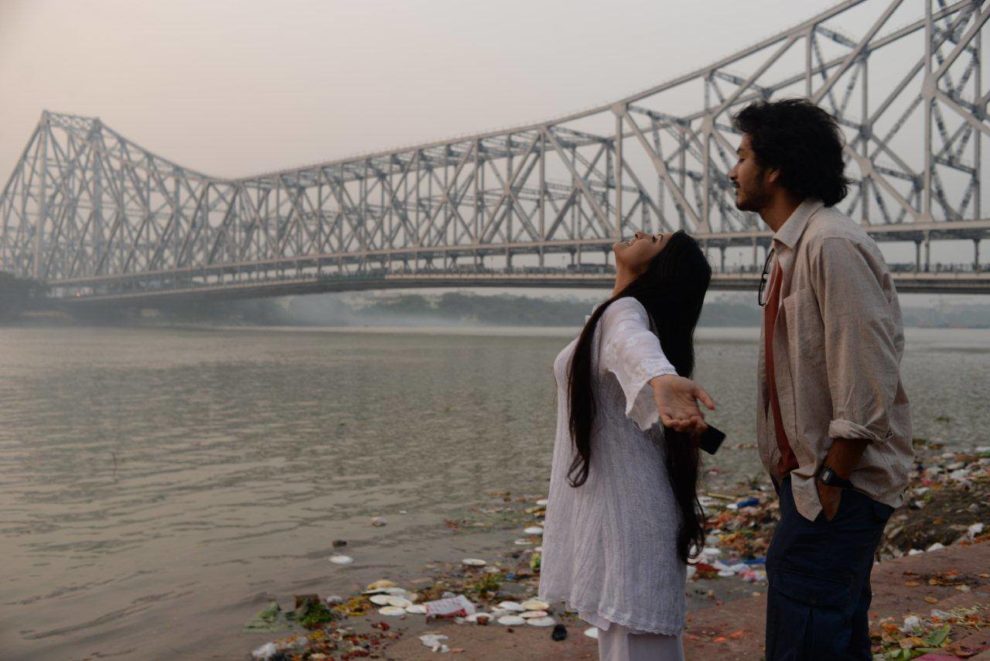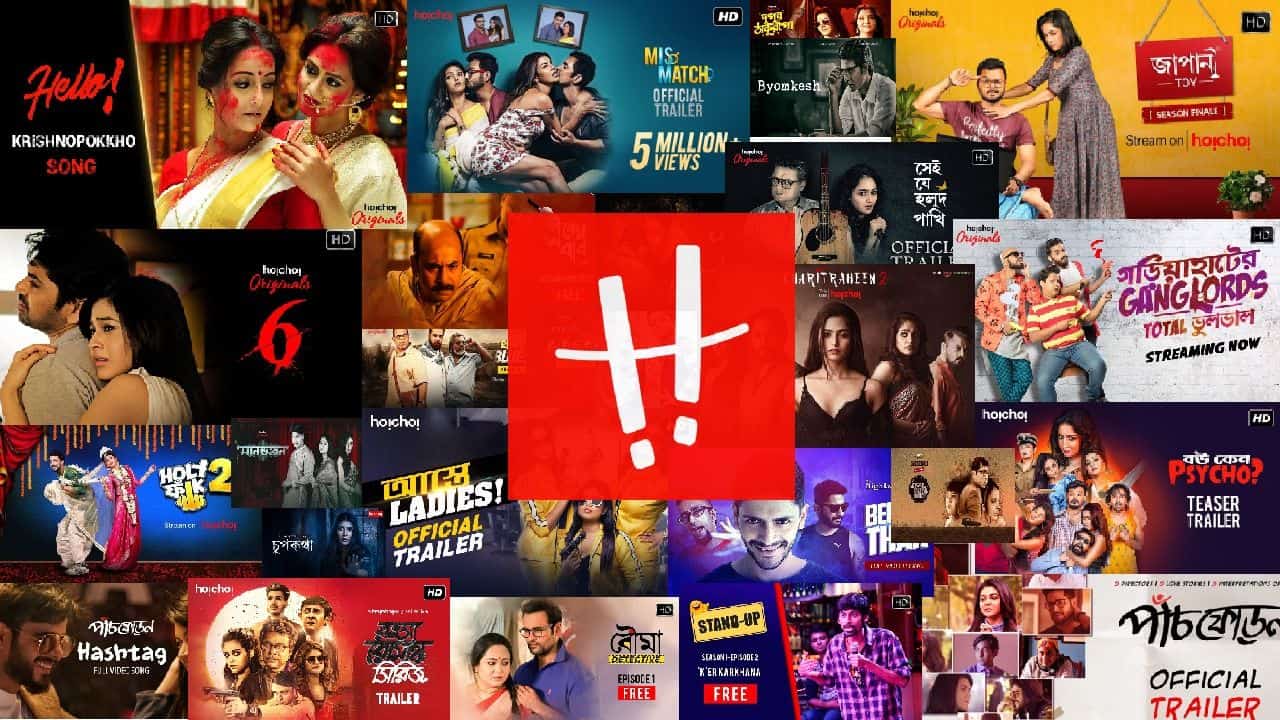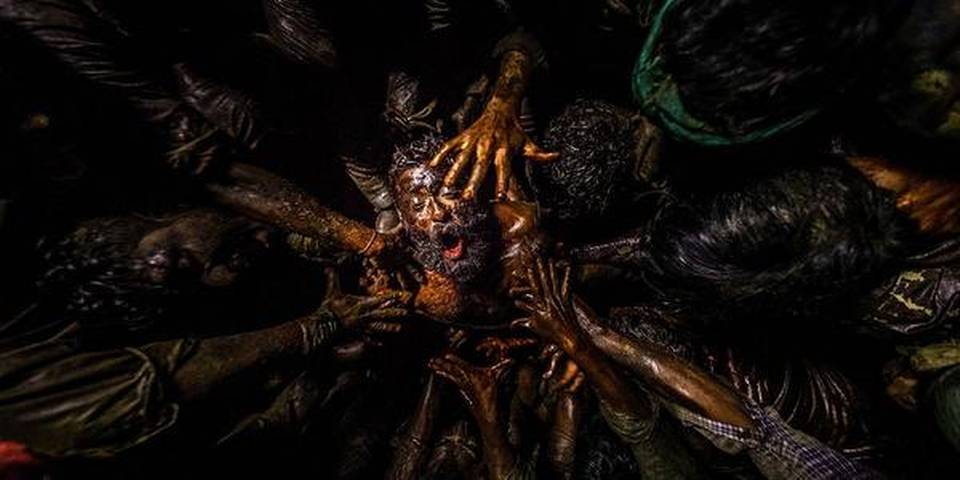Part of our 20 Great Bangladeshi Films of the 21st Century list, “Swapnajaal” is a co-production between Bangladesh and India, and actually features scenes shot in both countries.
Swapnajaal is screening at Hoichoi
The story begins in a riverside small town in the 1990s, where two teenagers, Muslim Apu and Hindu Shuvra, are living their romance under rather harsh circumstances. As if the obstacles placed by their religions were not enough, Shuvra's father, after an altercation with the Muslim “kingpin” of the area Aynal Gazi, disappears, and her family is forced to move to Kolkata, leaving Apu behind. Shuvra eventually manages to get accustomed to life in India, to a point at least, even joining a theater troupe. Back home, however, Apu is desperately trying to find a way to go to Kolkata, while he also tries to find out what really happened to her father. As if divine justice, Aynal Gazi becomes very sick, barely being able to eat, while the police's suspicions turn onto him, even more after Apu also disappears (actually managing to go to Kolkata). This, however, is not a happy story in any way.
Let me start with the negatives of the movie. The first and most obvious one is that, at 141 minutes, and with a relatively slow pace, “Swapnajaal” definitely overextends its welcome to a point, with a number of scenes either lagging for no reason or being completely unnecessary. The second and one frequently appearing in Bangladeshi productions is the disconnection of the actors from the setting. This is actually quite difficult to describe but the feeling deriving from many scenes is that the actors were “thrown” in a set, and they just utter their lines, without interacting with their environment. This is a trait frequently appearing in TV productions, but is easier to understand when watching the film instead of when reading a review. This issue does not appear at all times, but is quite frequent in the movie.
On the other hand, and on a technical level, “Swapnajaal” is impressive. Kamrul Hasan Khosru's cinematography is impervious, with him capturing the beauties and the overall setting of both Bangladesh and Kolkata with realism and artistry. Particularly his exterior shots are a marvel to look at. The same level of intricacy applies to Anwarul Haque's art direction, with all the sets looking excellent, while being an invaluable part of the narrative.
Regarding the story, the teenage romance works well through the difficulties the two youths face, while Pori Moni is quite convincing as Shuvra, and Yash Rohan as Apu, adequate, but on a lower level that his co-protagonist. The way Selim highlights the dichotomy religion places and the connection the Bengali ancestry provides, for people living in both Bangladesh and West Bengal in India, are two of the best parts of the narrative. The way the rich and powerful exploit the poor in the area is another very interesting comment, although I felt that Gazi's story went a bit too far in the director's effort to show that the evil will eventually find their punishment and the effectiveness of the police, despite the very good performance by Fazlur Alam Sachchu
“Swapnajaal” has its issues, particularly regarding the narrative, but the comments Selim makes are interesting and the visuals of the movie impressive, thus carrying the film, at least for the majority of its duration.
















